SLVSBF0C JULY 2012 – April 2019 TPS53015
PRODUCTION DATA.
- 1 Features
- 2 Applications
- 3 Description
- 4 Revision History
- 5 Pin Configuration and Functions
- 6 Specifications
- 7 Detailed Description
- 8 Application and Implementation
- 9 Power Supply Recommendations
- 10Layout
- 11Device and Documentation Support
- 12Mechanical, Packaging, and Orderable Information
Package Options
Mechanical Data (Package|Pins)
- DGS|10
Thermal pad, mechanical data (Package|Pins)
Orderable Information
6.6 Typical Characteristics
VIN = 12 V, TA= 25°C (unless otherwise noted)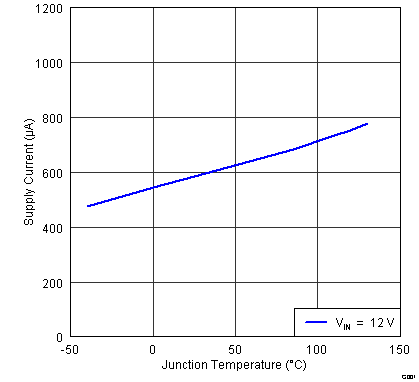 Figure 1. VIN Supply Current vs Junction Temperature
Figure 1. VIN Supply Current vs Junction Temperature 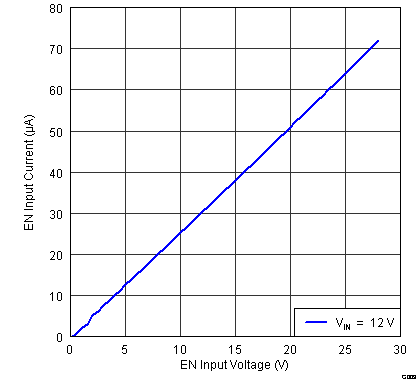 Figure 3. EN Input Current vs EN Input Voltage
Figure 3. EN Input Current vs EN Input Voltage 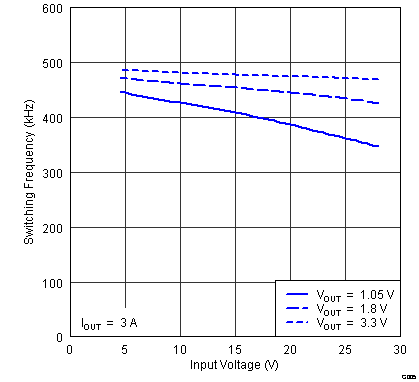 Figure 5. Switching Frequency vs Input Voltage
Figure 5. Switching Frequency vs Input Voltage 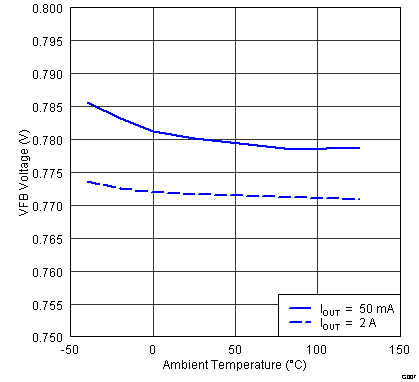 Figure 7. VFB Voltage vs Ambient Temperature
Figure 7. VFB Voltage vs Ambient Temperature 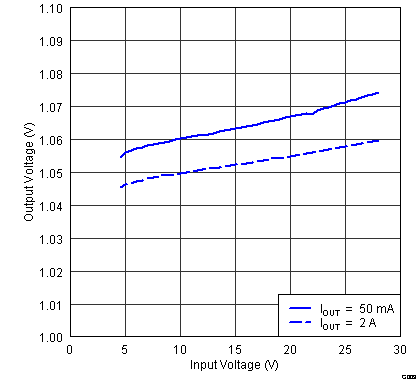 Figure 9. Line Regulation
Figure 9. Line Regulation 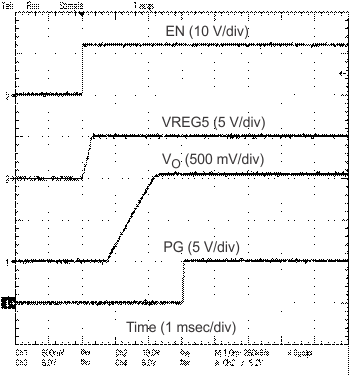 Figure 11. Start-Up Waveforms
Figure 11. Start-Up Waveforms 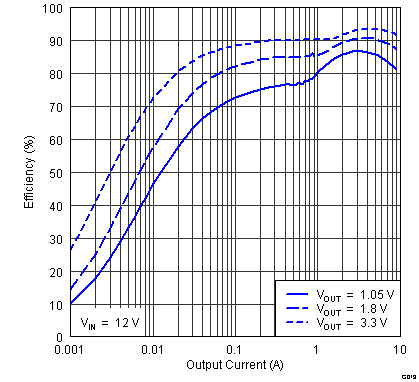 Figure 13. Light Load Efficiency vs. Output Current
Figure 13. Light Load Efficiency vs. Output Current 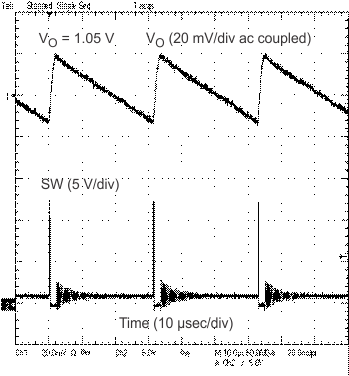
| IOUT = 50 mA |
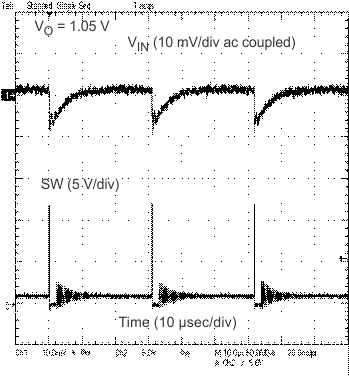
| IOUT = 50 mA |
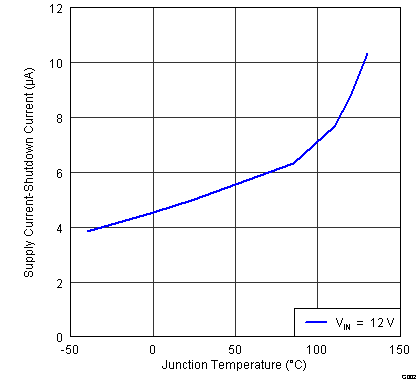 Figure 2. VIN Shutdown Current vs Junction Temperature
Figure 2. VIN Shutdown Current vs Junction Temperature 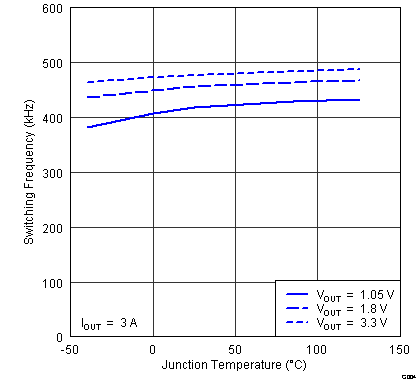 Figure 4. Switching Frequency vs Junction Temperature
Figure 4. Switching Frequency vs Junction Temperature 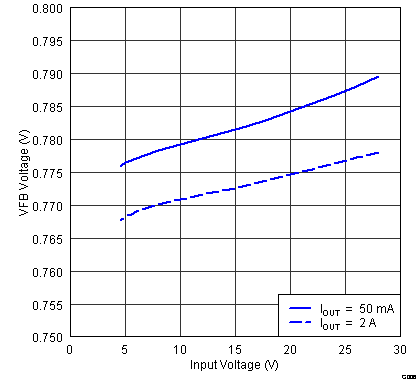 Figure 6. VFB Voltage vs Input Voltage
Figure 6. VFB Voltage vs Input Voltage 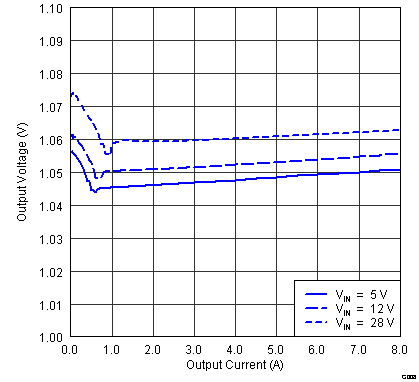 Figure 8. Load Regulation
Figure 8. Load Regulation 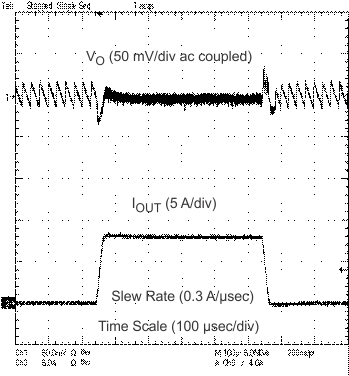 Figure 10. Transient Response
Figure 10. Transient Response 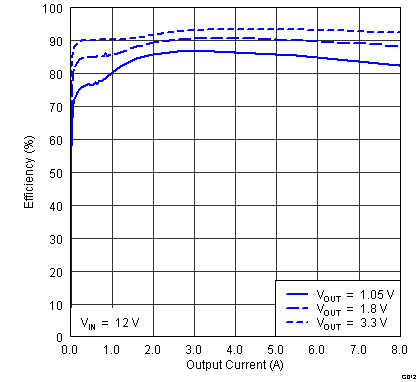 Figure 12. Efficiency vs. Output Current
Figure 12. Efficiency vs. Output Current 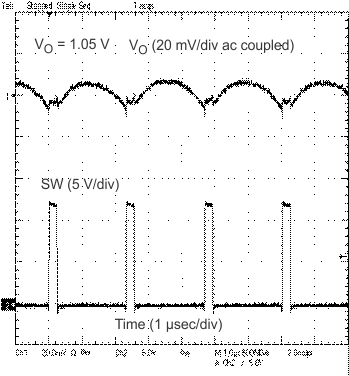
| IOUT = 8 A |
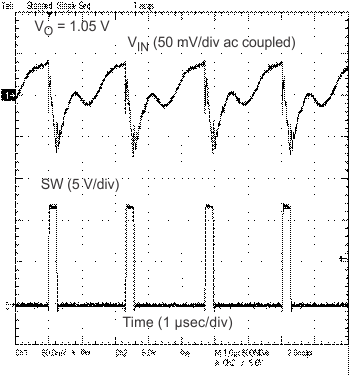
| IOUT = 8 A |